Intravitreal Injections
Sydney Eye Surgeons offer treatment for wet AMD (age-related macular degeneration) using eye injections that can be performed in the clinic.
Intravitreal injections with an anti-vascular endothelial growth factor (anti-VEGF) drug are a new option for treatment for wet AMD. Anti-VEGF drugs stop vessels from growing. By stopping blood vessels growing and leaking, further damage to your sight is prevented.
How is the treatment given?
The drug is injected into your eye with a fine needle. Minimal discomfort is to be expected.
The injection is given with you lying down comfortably. Local anaesthetic drops are applied to numb your eye and minimise discomfort. Your eyelids and surface of the eye are cleaned to prevent infection. Your face and the area around your eye will be covered by a drape to keep the area sterile. A small clip (speculum) may be used to keep the eye open. Further anaesthetic is given on the surface of the eyeball.
The injection site is marked with callipers and your eye is stabilised with forceps or a cotton bud. A few seconds later, the injection is given. Your vision is assessed post injection by checking hand movements or counting fingers and a final lot of drops are instilled before the drapes are taken off.
What happens after the treatment?
Your eye is cleansed with sterile water and you will go home with lubricant eye drops. Most patients require a loading course of three injections at regular intervals of four weeks. After the first three courses of injections, the majority of patients will require further injections depending on the leakiness of the blood vessels. Patients will need to be reviewed at regular intervals (timing to be decided at each visit) when further treatment might be given to maintain the benefits of therapy.
You might notice some discomfort and redness for the first few days after your treatment. This is often due to the nature of the antiseptic used. If your eye becomes progressively red, sensitive to light, swollen and painful, or your vision gets worse after the anti-VEGF treatment, you must seek medical help. This might indicate infection and normally occurs within the first week after the injection, but the risk is minimal.
Who should not be treated with anti- VEGF?
You should not be given anti-VEGF if you have any of the following conditions:
- Allergy to anti-VEGF or any of its ingredients.
- If you have an infection in or around either eye or severe infection anywhere in your body
- If you are trying to become pregnant, are already pregnant, or are breast- feeding
- If you have had a heart attack or stroke in the last three months
- If you have uncontrolled angina or uncontrolled high blood pressure
What are the risks with these injections?
As with any medical procedure, there is a small risk of complications following anti- VEGF treatment. Most complications that might occur are from the injection itself, rather than the drug. For most patients, the benefit of the treatment outweighs the small risk of injection injury.
The following are the major potential risks and side effects of anti-VEGF injections. These risks are all rare. Significant loss of vision due to this treatment is very uncommon.
- Serious eye infection (one in 5,000 cases)
- Detached retina
- Increase in eye pressure
- Bleeding in the eye
- Inflammation inside the eye
- Cataract
- Red eye (there is usually a bleed on the white part/sub-conjunctival space at the point of injection, which clears in a week or two)
- Sore and gritty eye (slight ache and discomfort lasting a day or two)
- ‘Blobs’ or ‘small specks’ in your vision (‘floaters’) might be seen for a few days after the injection. Also, there could be transient flashing lights or swirls of light immediately after the injection
If you would like to know more about intravitreal injections, please call our rooms or make an online enquiry.
MIRANDA
Suite 1
20-24 Gibbs Street
Miranda NSW 2228
02 9525 5190
Fax: 02 9525 0202
Directions and parking
BONDI JUNCTION
Park Place
Suite 606b, Level 6
3 Waverley Street
Bondi Junction NSW 2022
02 9387 4427
Fax: 02 9388 0139
Directions and parking
HURSTVILLE
Suite 12, Level 2
33 MacMahon Street
Hurstville NSW 2220
02 9579 4004
Fax: 02 9570 1377
Directions and parking
HOURS
Monday to Friday
8:30am until 5:00pm
FOR PATIENTS
FOR REFERRERS
© 2017-2024 SYDNEY EYE SURGEONS














